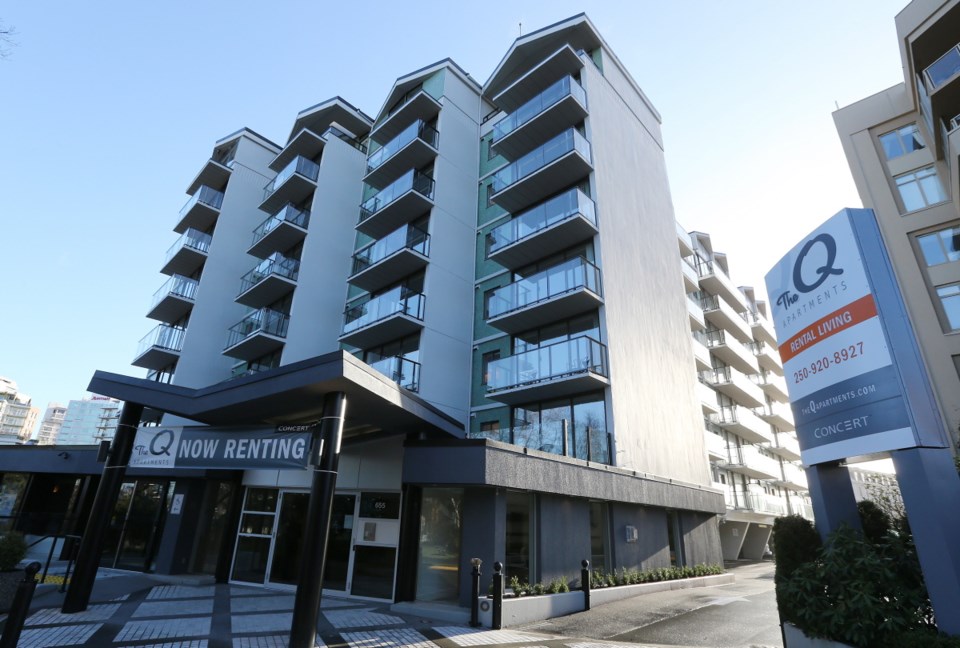Victoria should consider developing a municipal housing strategy that could include making affordable-housing units a mandatory part of all new housing projects approved by the city, says Coun. Ben Isitt.
“A big question when we’re looking at our priorities is: How can the city do a better job as regulator and as the zoning authority in this community to mandate that whenever a new building goes up, there’s either low-cost housing provided directly on that property, or there’s a cash contribution to […] the creation of new low-cost housing,” Isitt said.
Isitt was responding to a presentation by Andrew Wynn-Williams, executive director of the Greater Victoria Coalition to End Homelessness, who told councillors there is a significant housing shortage in Greater Victoria for those with lower incomes.
Victoria has slipped to the fifth least affordable city in the country for renters, from seventh, Wynn-Williams told councillors, adding lack of affordable housing is the key driver of homelessness.
The overall vacancy rate in Greater Victoria is 1.5 per cent, down from 2.8 per cent, but the vacancy rate for units that rent for less than $700 is “virtually nonexistent,” he said.
“Right now, for example, in Greater Victoria there are between 2,600 and 2,700 units that are $700 or less that are bachelors and one bedrooms. Given the current vacancy rate, at any one time in all of Greater Victoria there are about 60 of them available. Think of all the people who are competing for units that are $700 or less,” Wynn-Williams said.
The income-assistance shelter rate for a single person is $375.
Since 2008, 458 units of affordable housing have been built in Greater Victoria. The coalition estimates another 1,500 are needed. Wynn-Williams said the cost of providing housing is less than the cost of managing homelessness as a crisis.
The Victoria Cool Aid Society estimates the cost to build a supportive housing unit — including mortgage, supports and maintenance — is just under $17,000 per unit per year, he said. The average annual cost of a shelter bed is $35,000.
“That doesn’t include justice [costs], doesn’t include health [costs], doesn’t include all the other impacts we know that come from homelessness,” he said.
Wynn-Williams agreed with Coun. Pam Madoff, who said the decline in federal housing dollars has exacerbated the problem.
“In 1989, the federal government spent approximately $115 per person on social housing. Now they spend about $60,” Wynn-Williams said.
“From the coalition’s perspective, the most important communications issue in the coming year will be the federal election. How do we prepare for that and how do we make our presence felt?”
Isitt agreed a national housing strategy is needed, but said a municipal housing strategy is also needed.
The city is doing its part with the direct provision of housing through support through various funds and advocacy to senior levels of government, he said.
“I’m not convinced we’re doing enough as regulator, particularly in terms of the area of income-mixed development and income-mixed zoning,” Isitt said.
“Right now, we see a lot of new housing being created and I don’t know if that housing is making, basically, more affordable housing or if it’s going to the more upper end of the income scale.”



